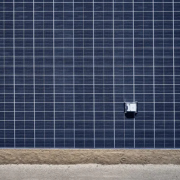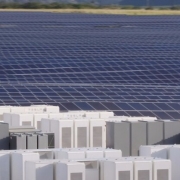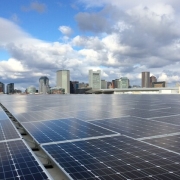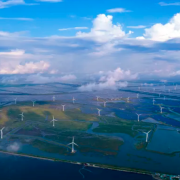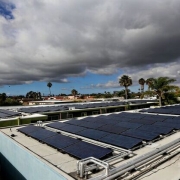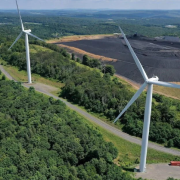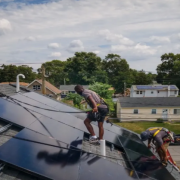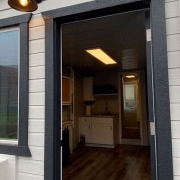When Warren Wilson College students threw an on-campus birthday party last fall, they didn’t need electricity to run the lights or power the sound system.
Instead, they simply plugged everything into the school’s fleet of 10 “mobile microgrid work vehicles,” which started life as traditional golf carts, but now run entirely on solar power. The carts use lightweight lithium iron phosphate batteries rather than heavy lead-acid batteries, says Dave Ellum, dean of land resources for the Swannanoa liberal arts school.
Each cart has a 330-watt solar panel mounted to its roof and an AC inverter that allows it to provide power wherever it is.
Click here to read the full article
Source: Mountain Xpress
—
If you have any questions or thoughts about the topic, feel free to contact us here or leave a comment below.


